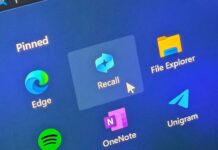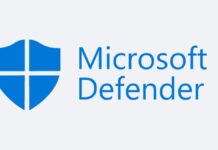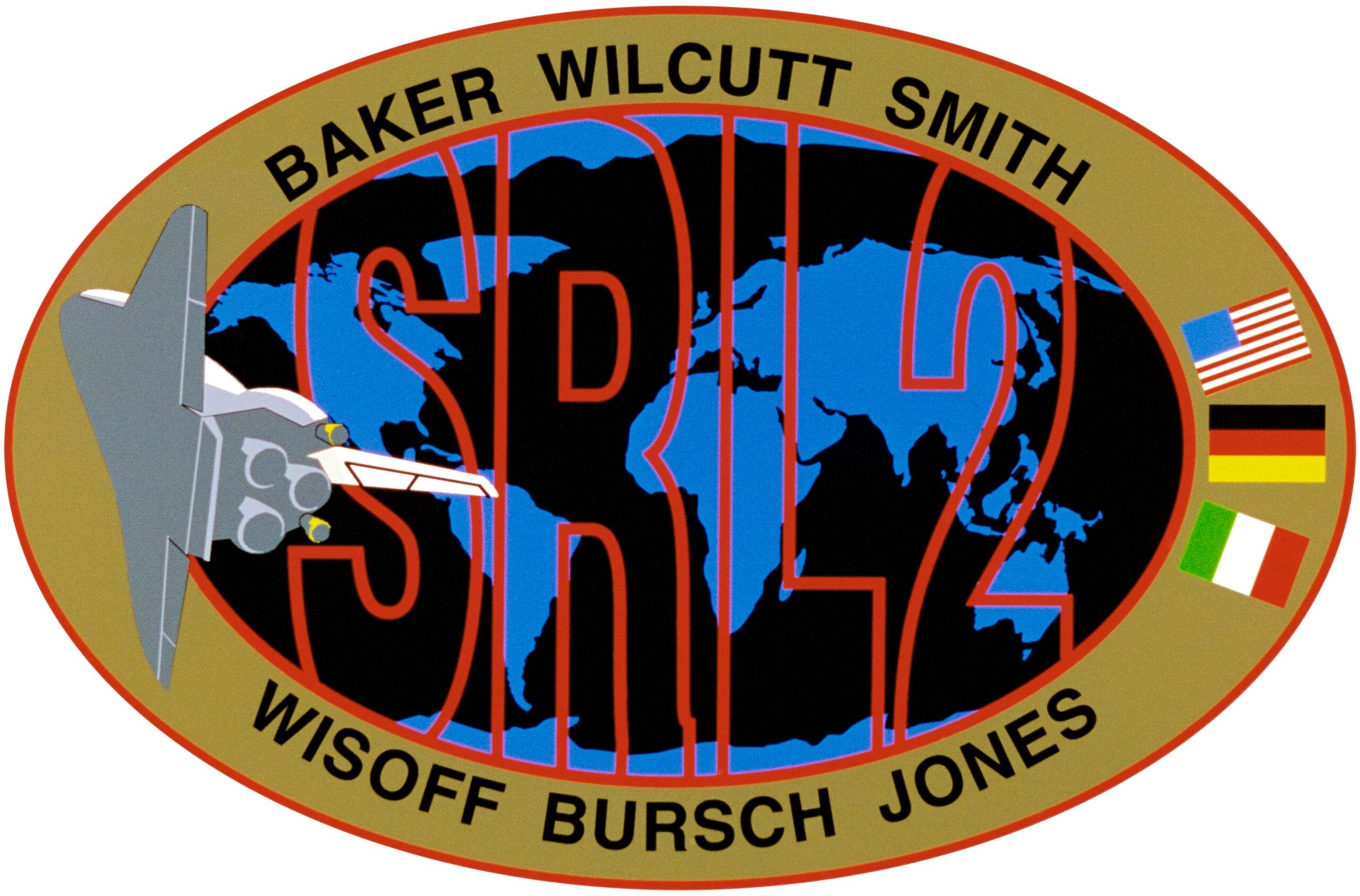
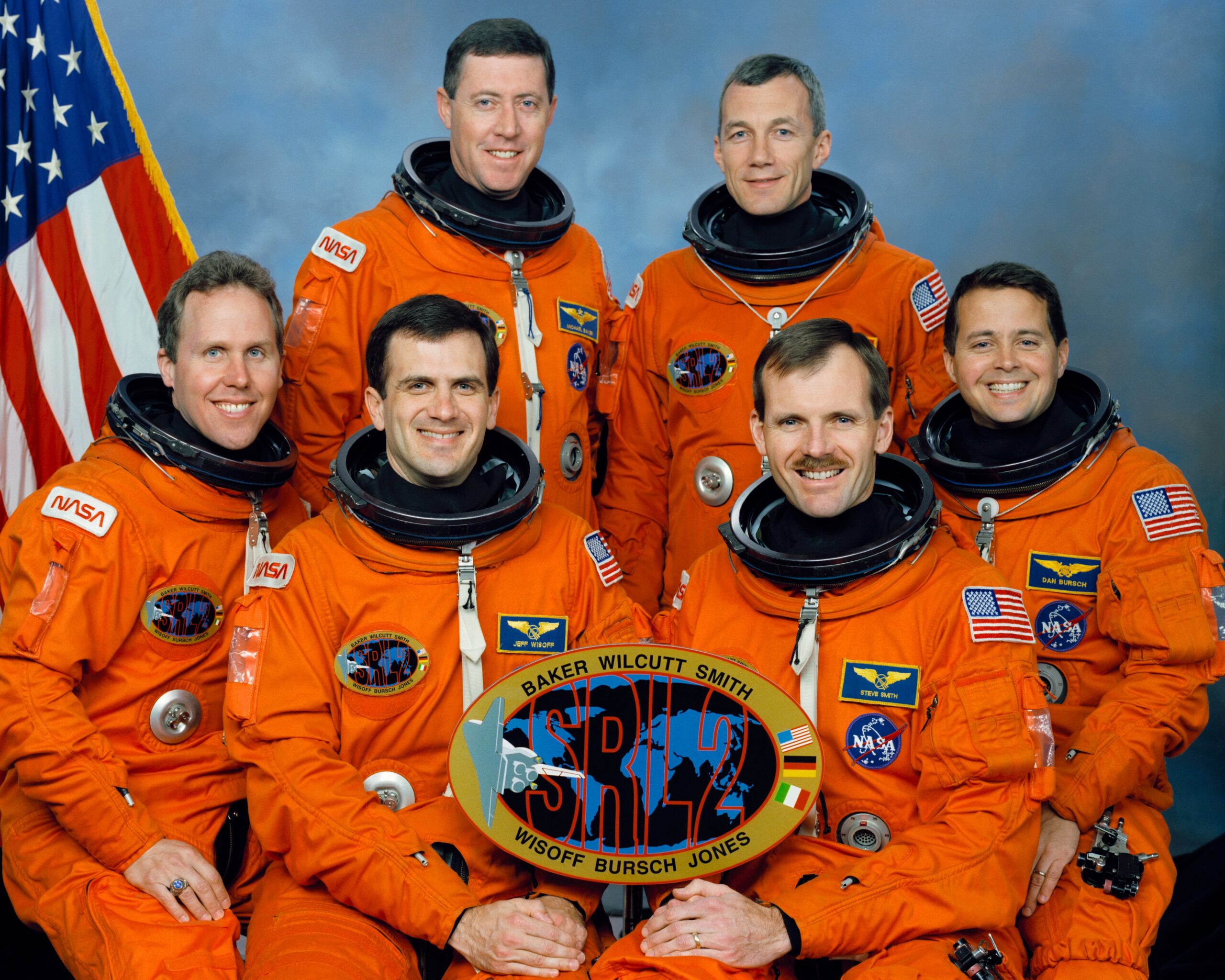
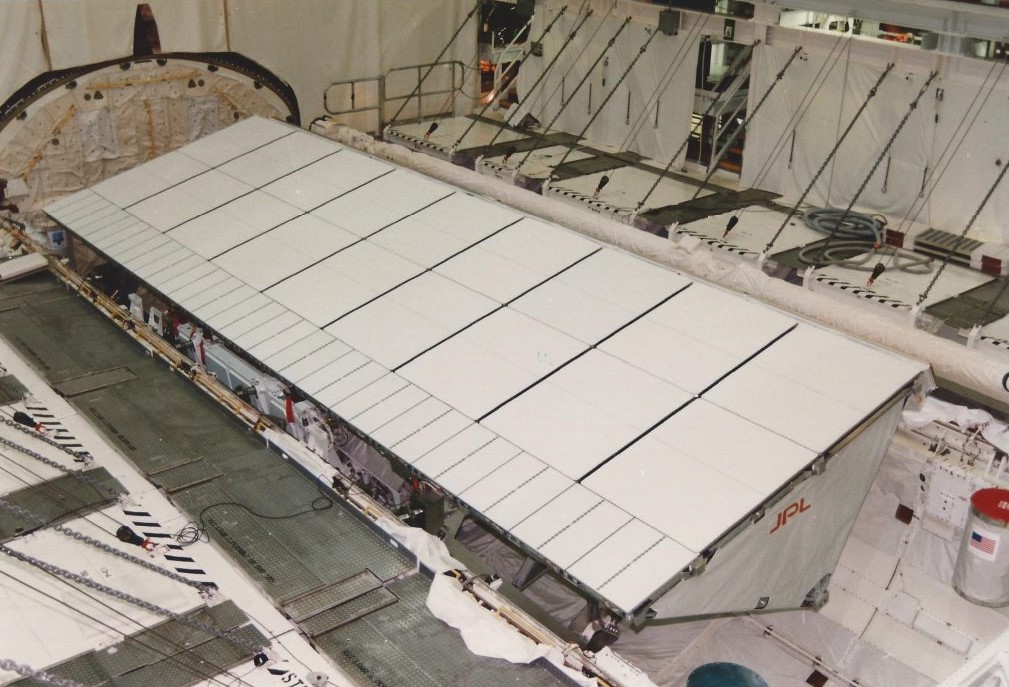
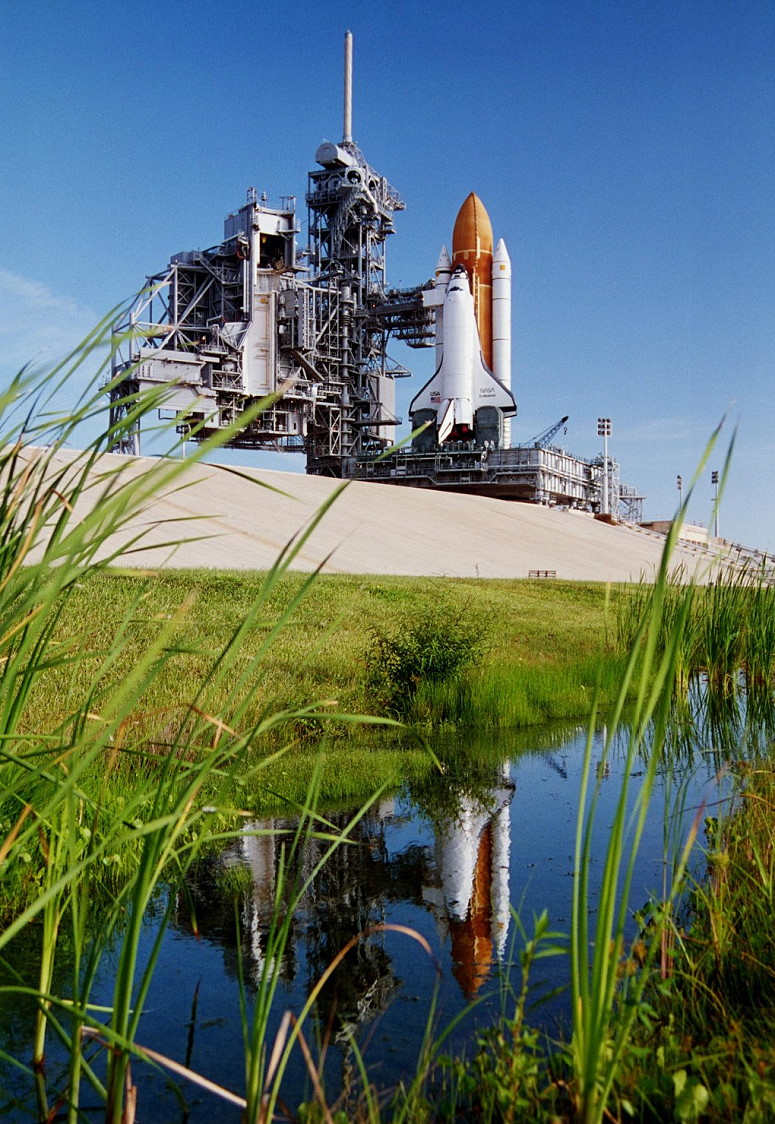
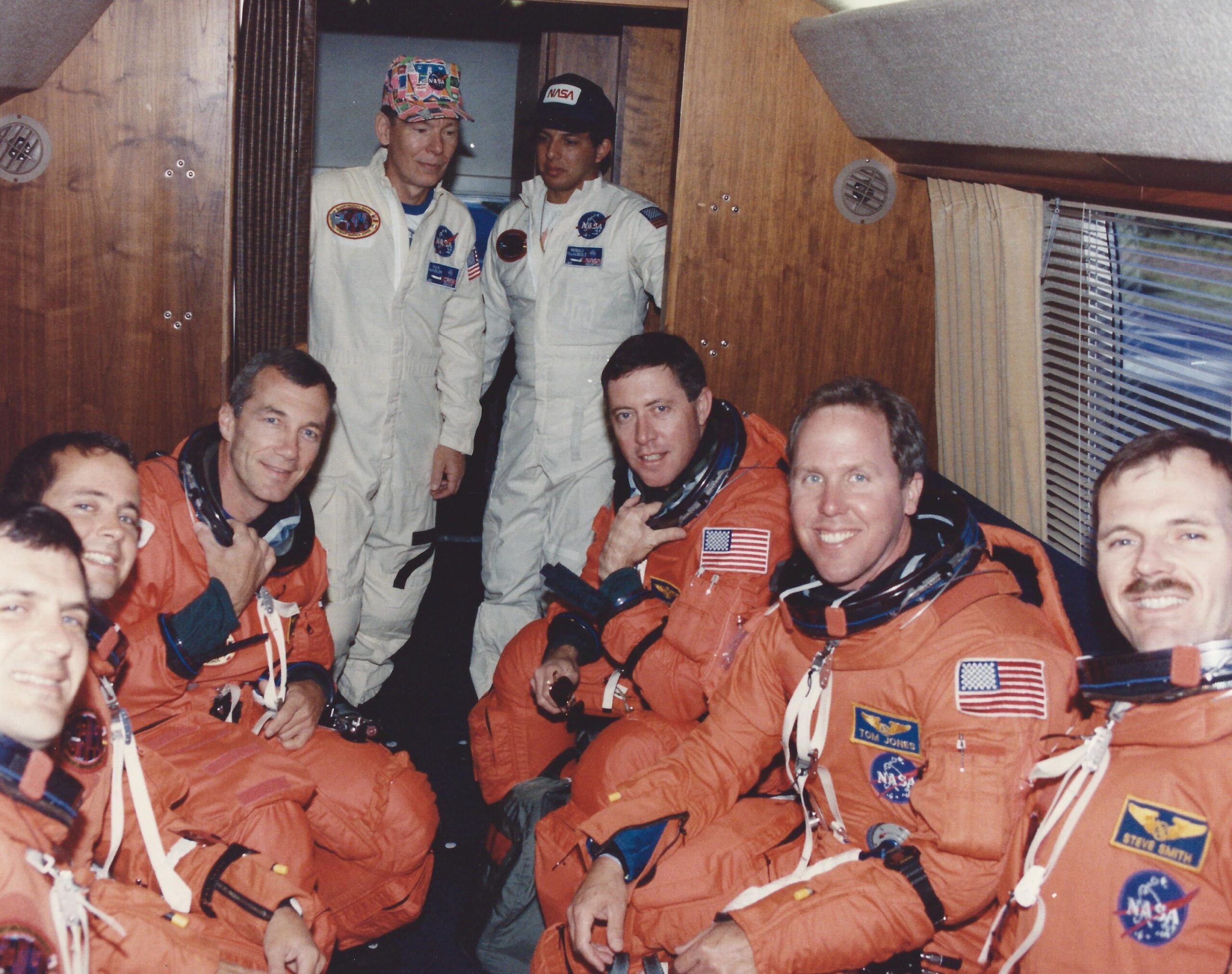
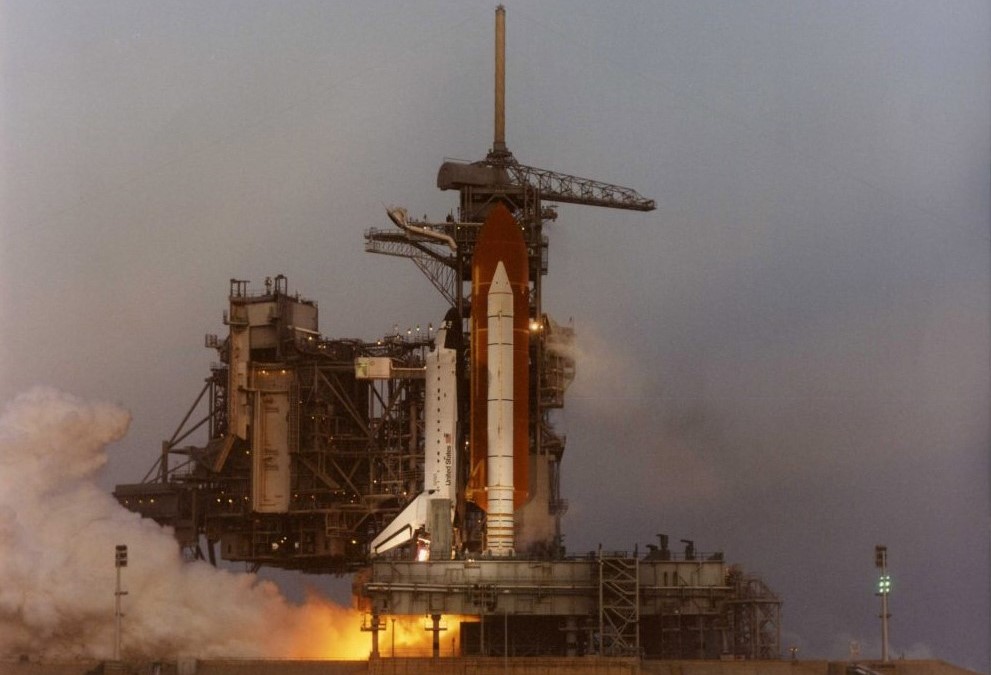
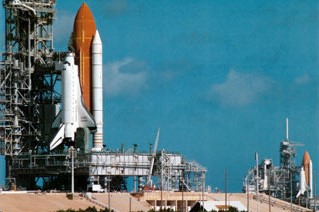
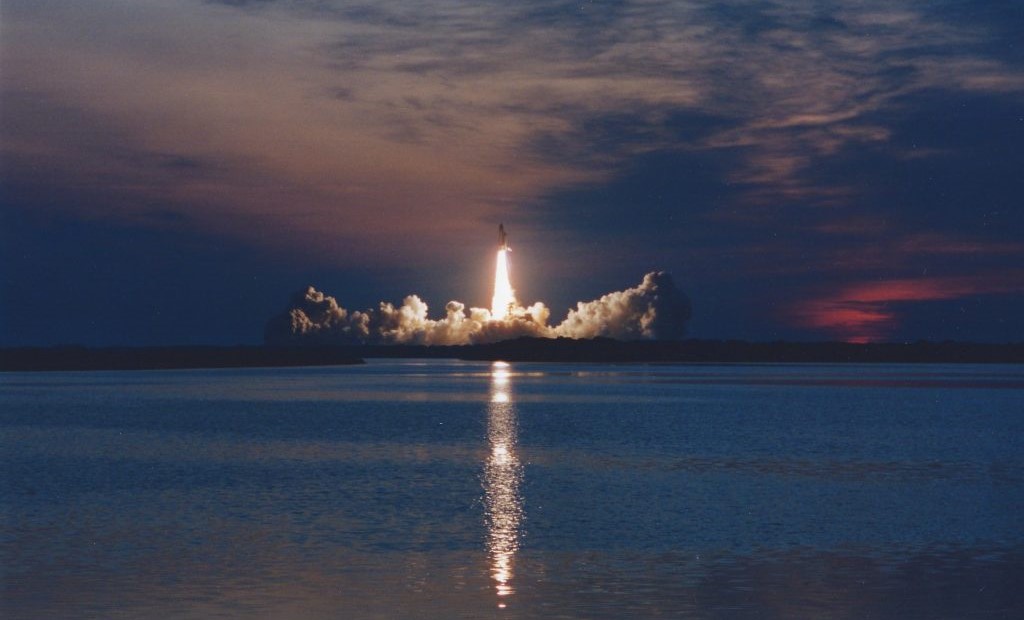
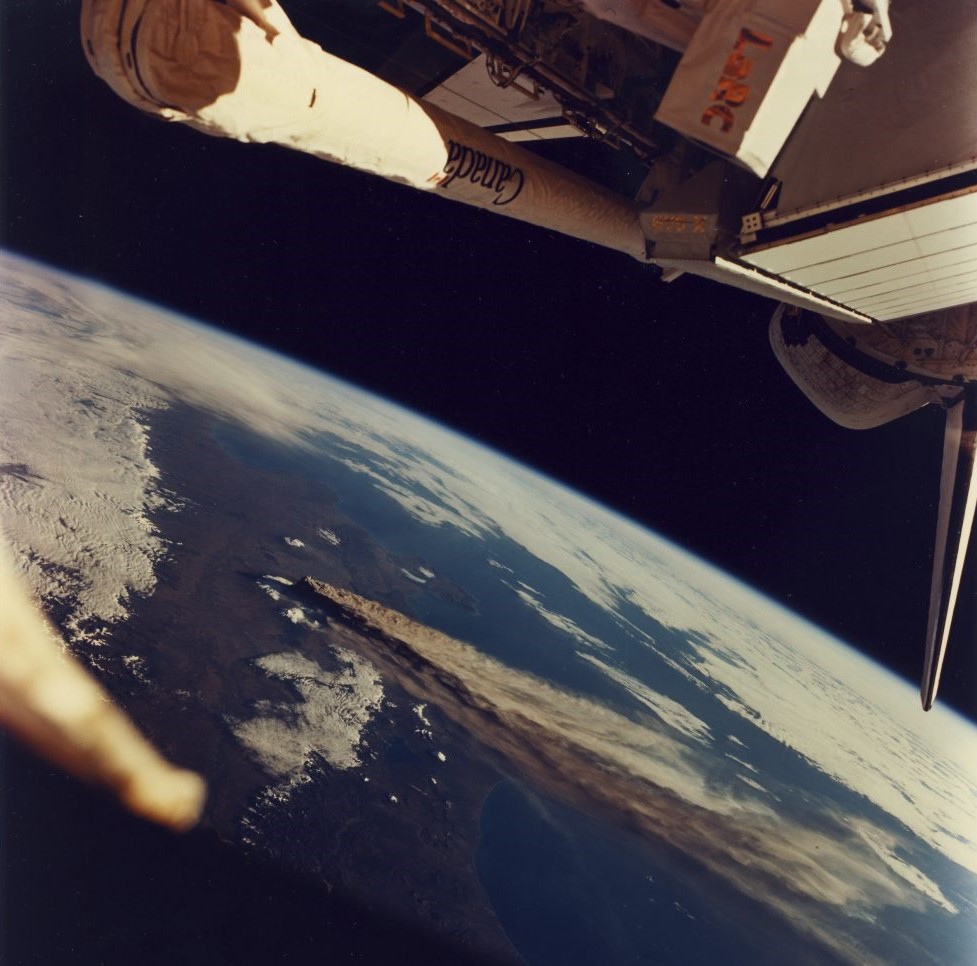
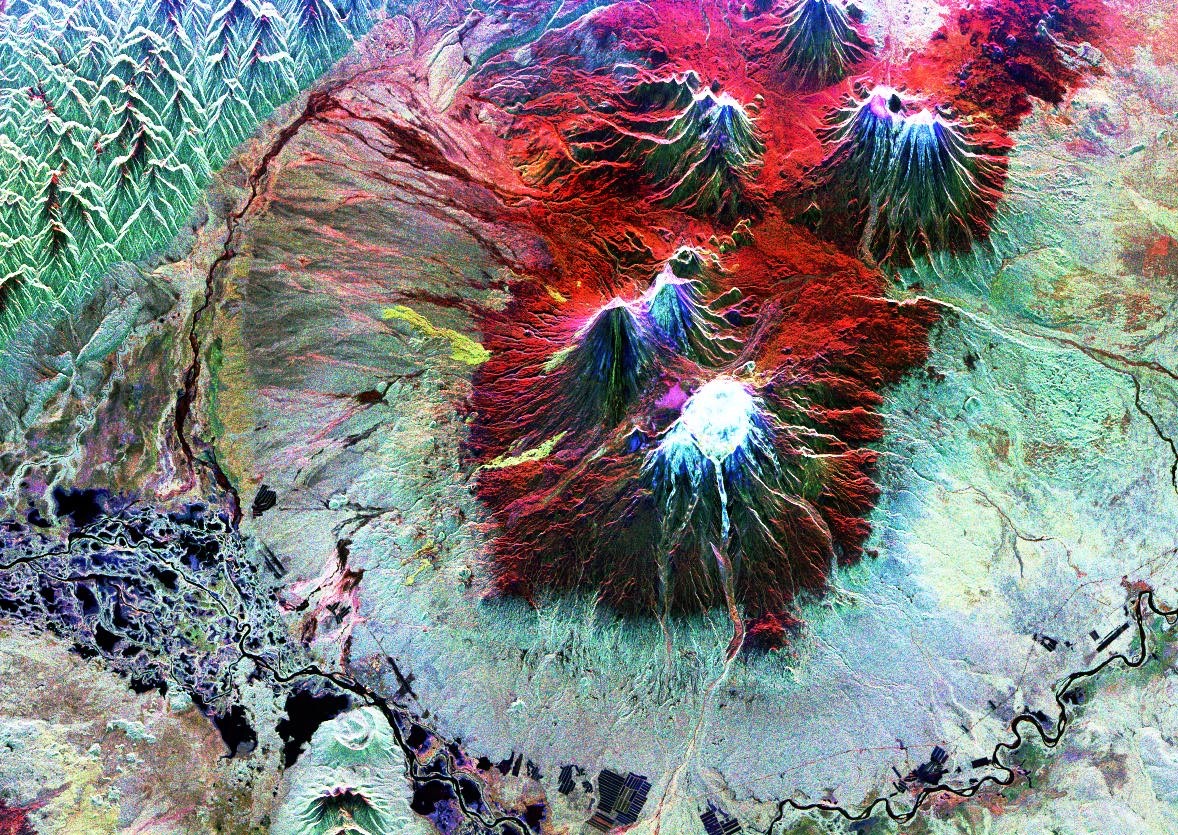
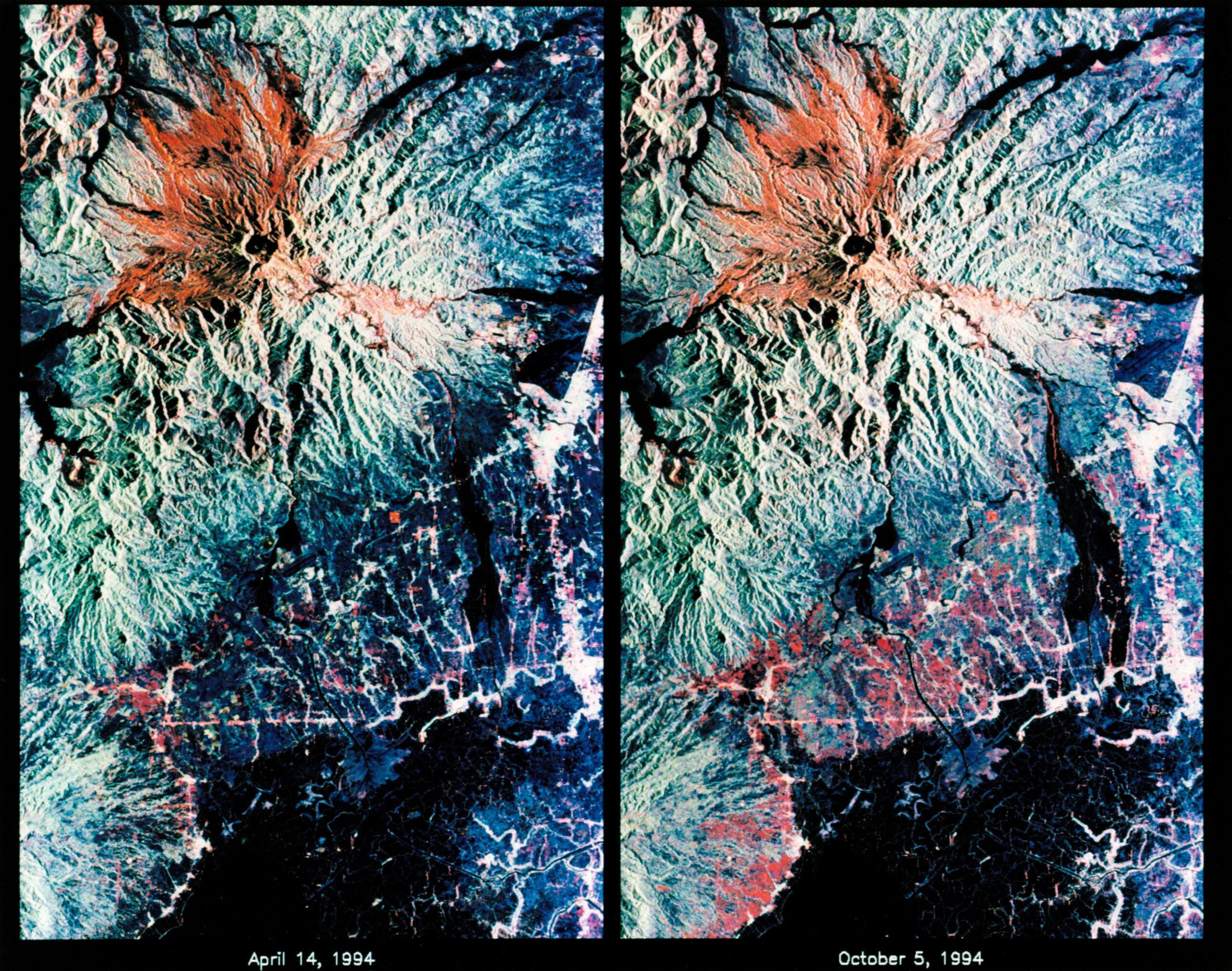
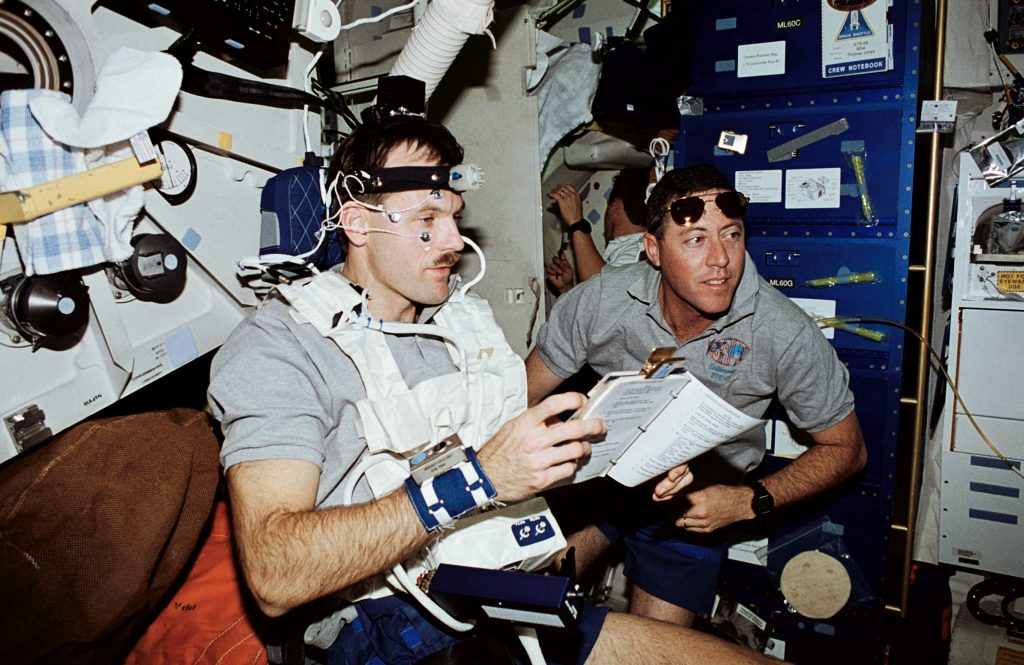
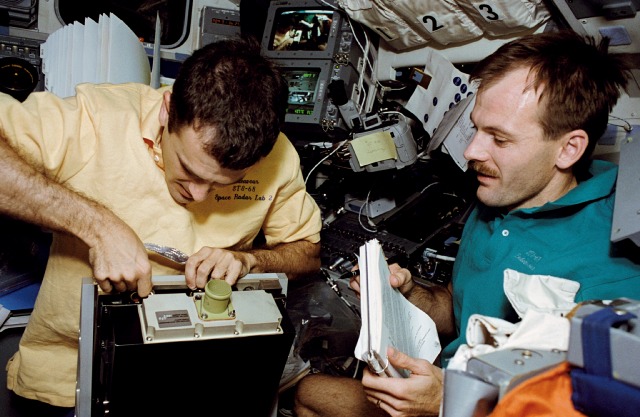
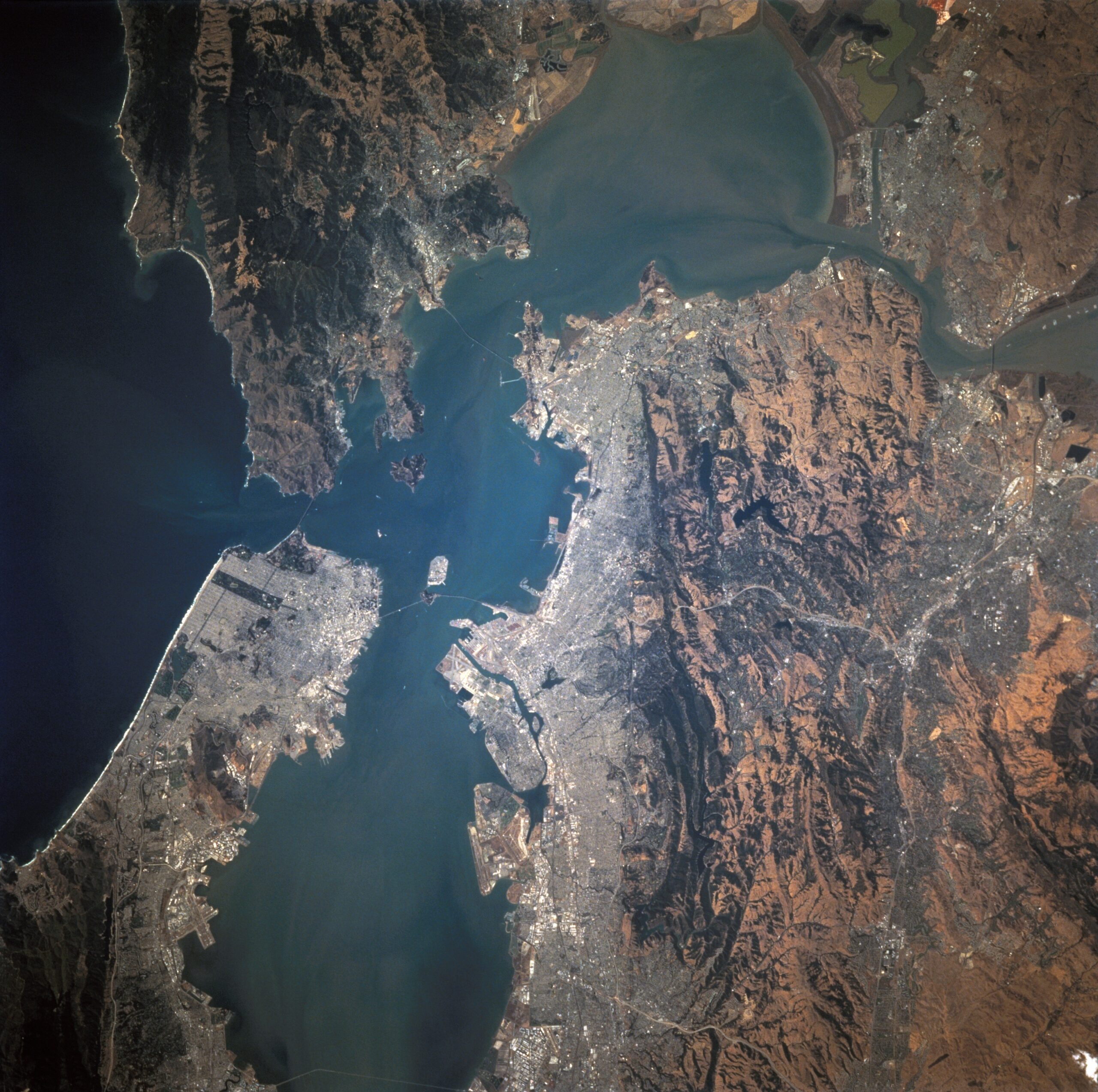
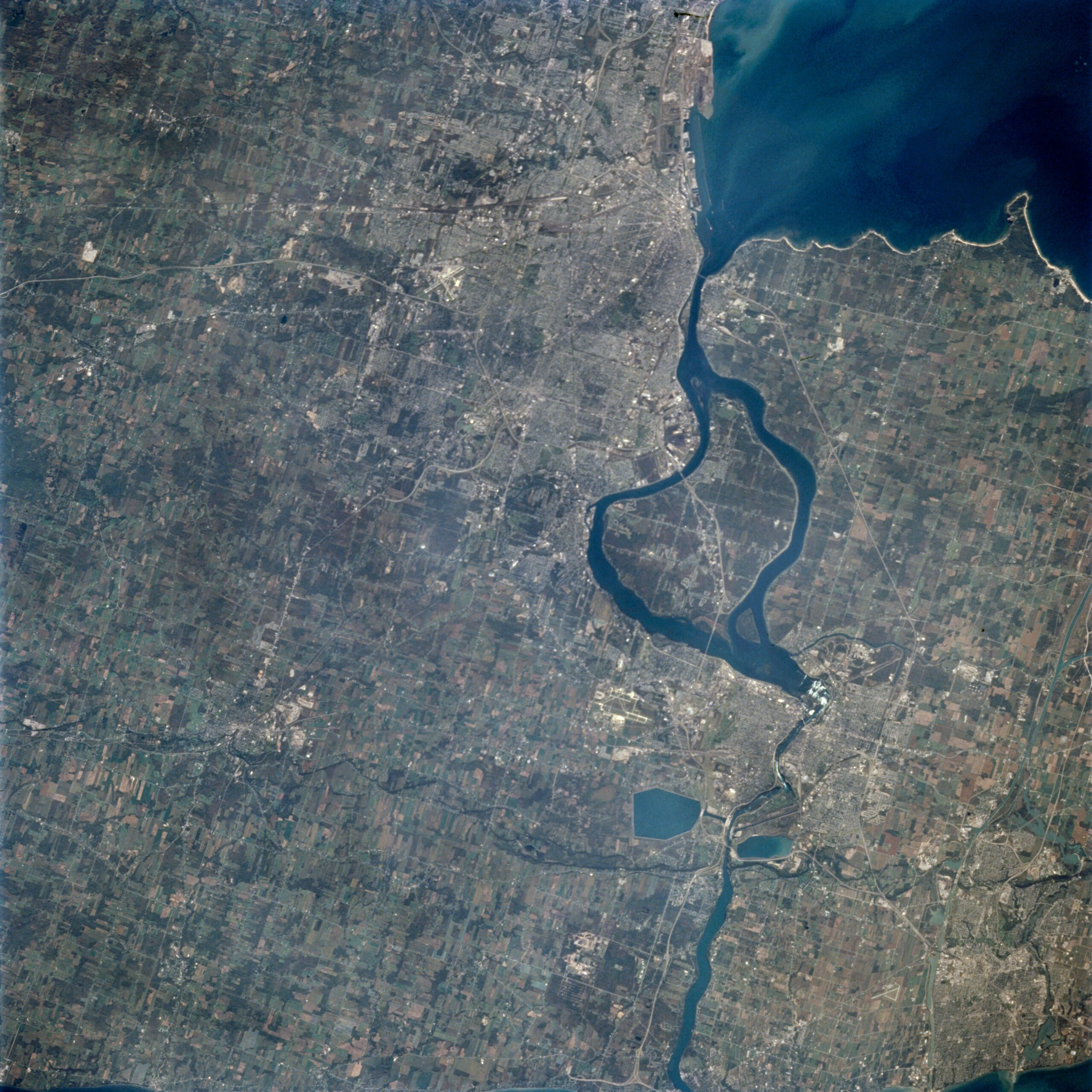
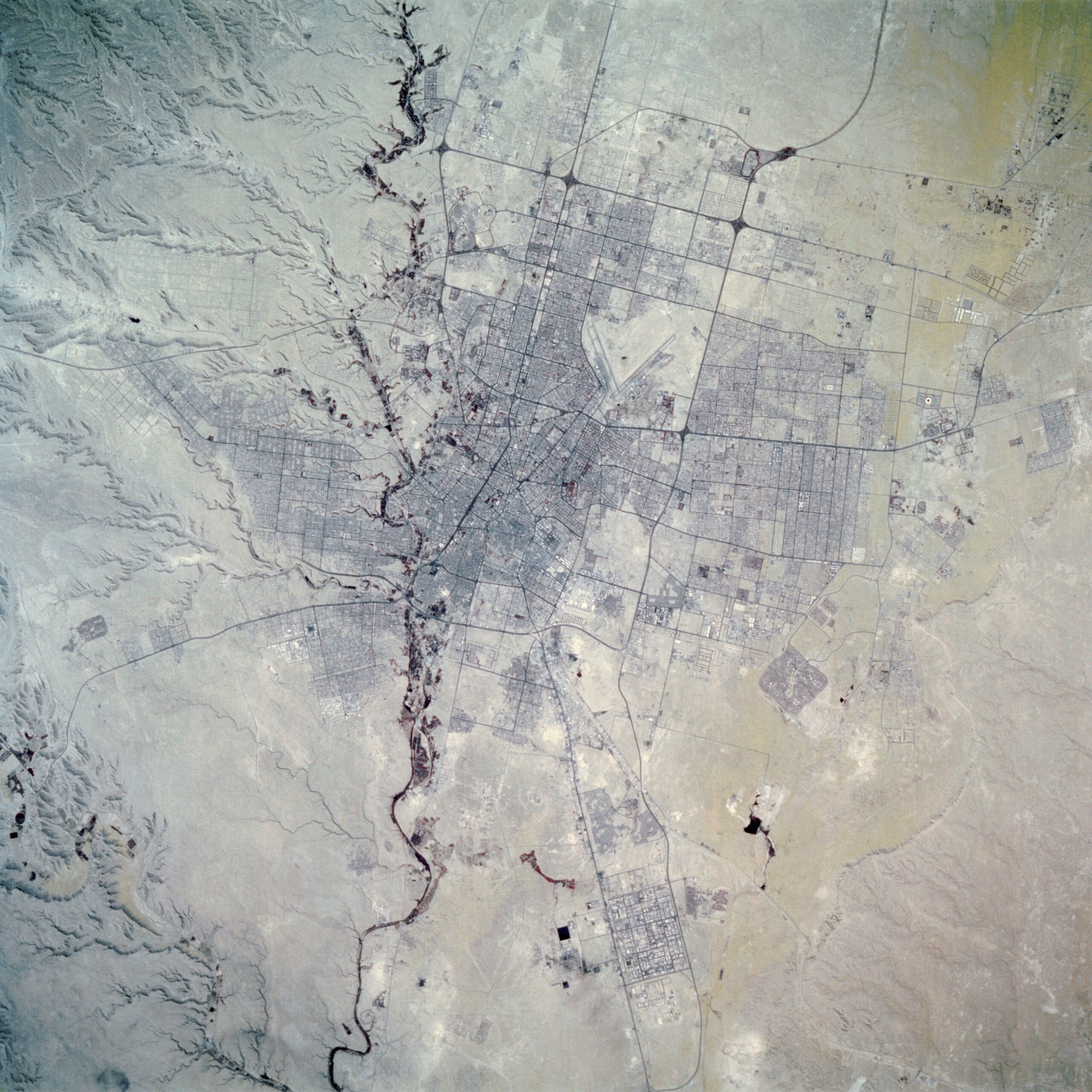
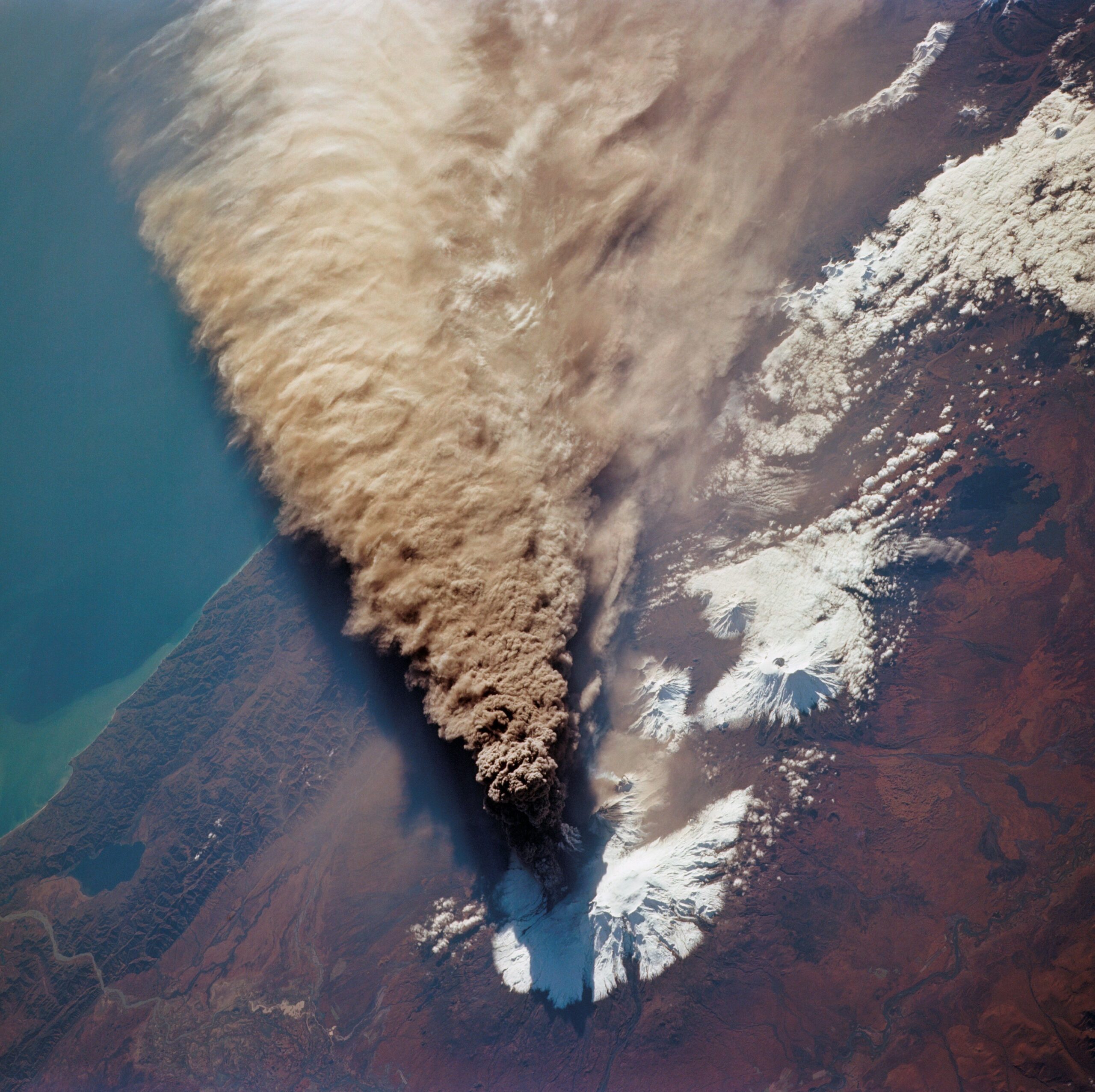
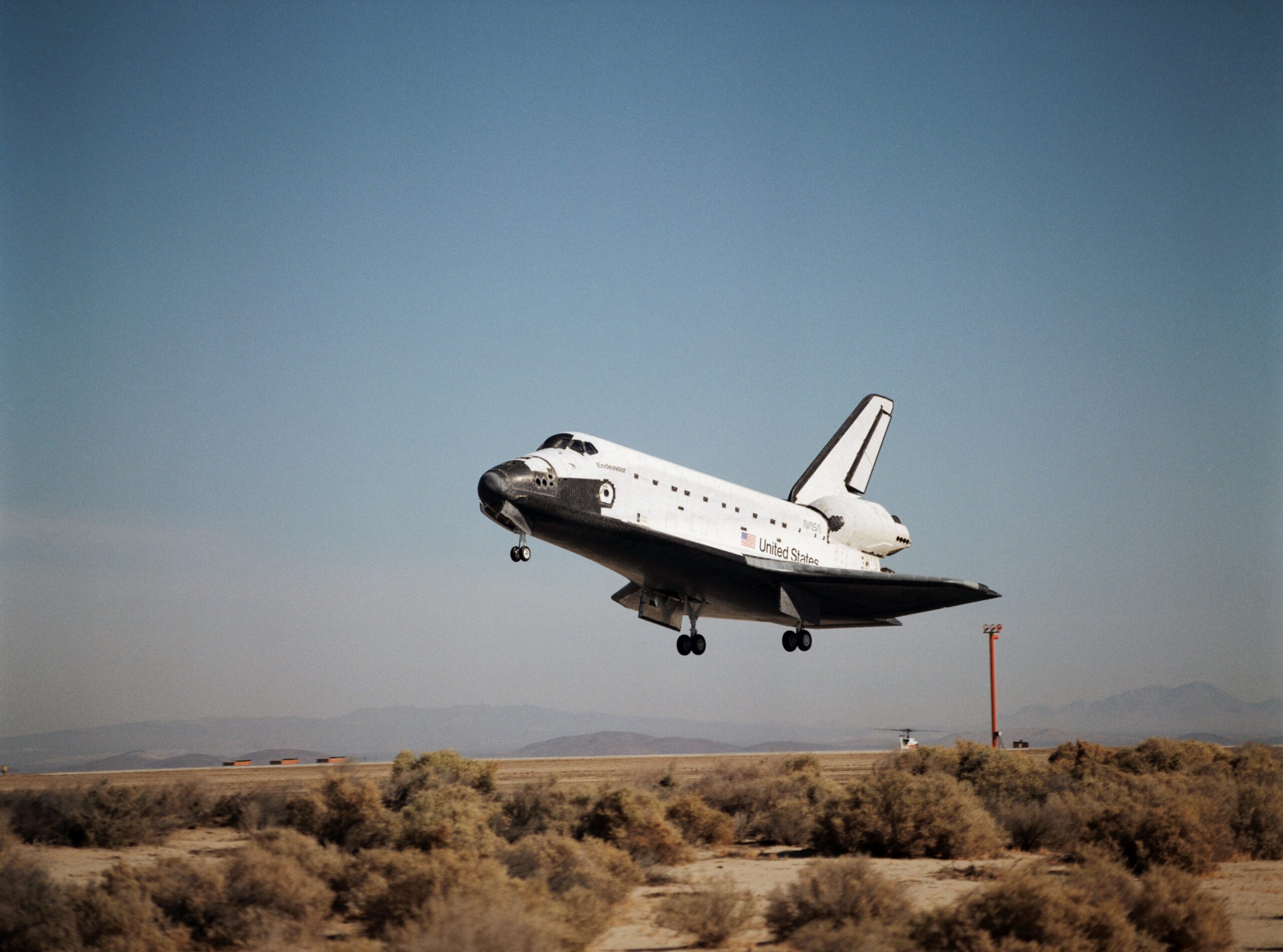
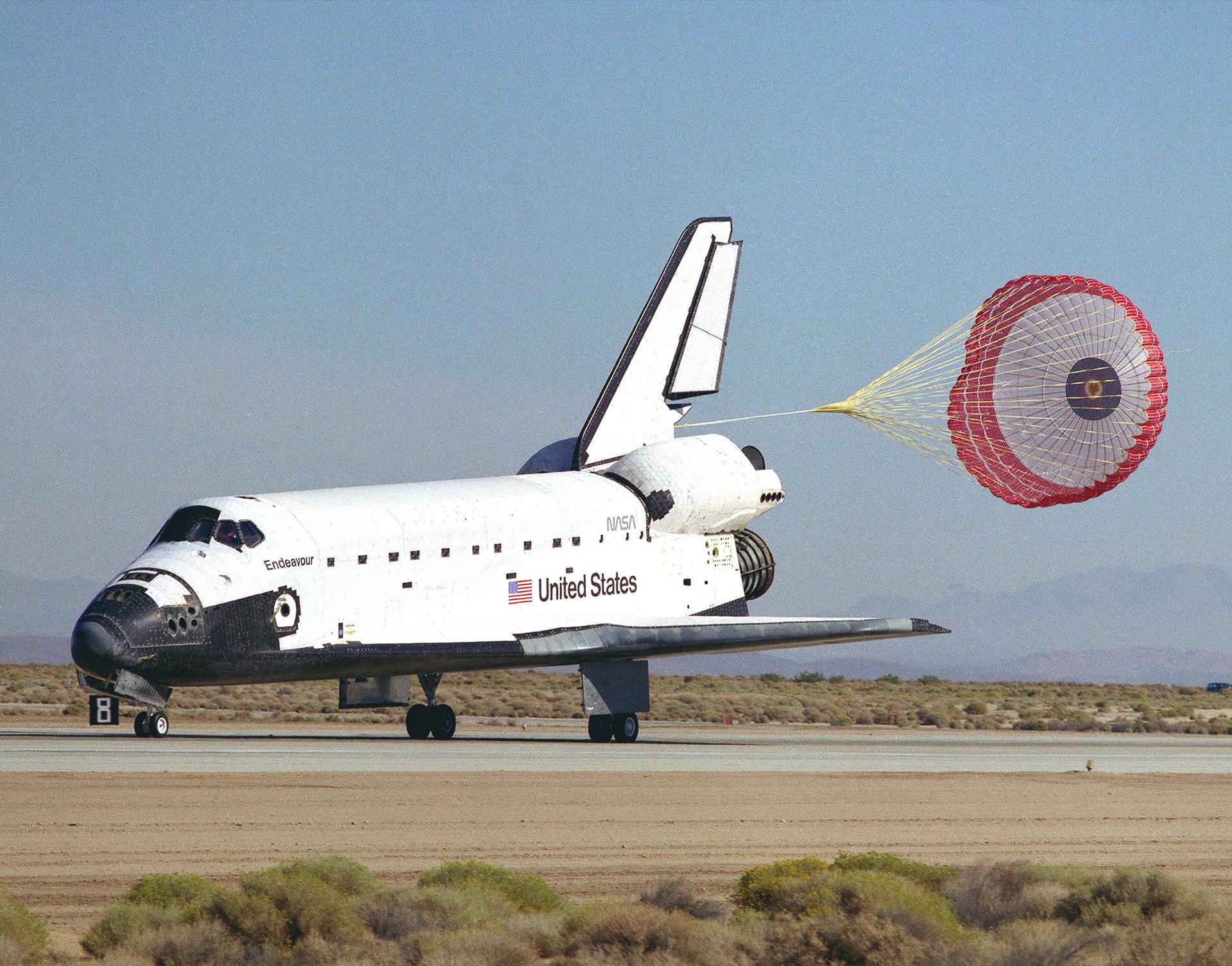
On September 30, 1994, the space shuttle Endeavour embarked on its seventh journey into space. This mission, known as STS-68, was crucial for NASA’s Mission to Planet Earth initiative. The 11-day mission was led by Commander Michael A. Baker, Pilot Terrence "Terry" W. Wilcutt, and Mission Specialists Steven L. Smith, Daniel W. Bursch, Peter J.K. "Jeff" Wisoff, and Payload Commander Thomas "Tom" D. Jones. Their primary task was to operate the second Space Radar Laboratory (SRL-2) and gather data to better understand Earth’s global environment across different seasons.
Mission Overview
During the mission, the astronauts utilized a variety of radar instruments from the United States, Germany, and Italy, as well as handheld cameras, to observe pre-selected sites around the globe. Notably, they were able to monitor a volcano that erupted during their mission. The SRL-2 mission followed the SRL-1 mission by five months, allowing scientists to compare data from two different seasons, thereby providing unprecedented insights into Earth’s environmental changes.
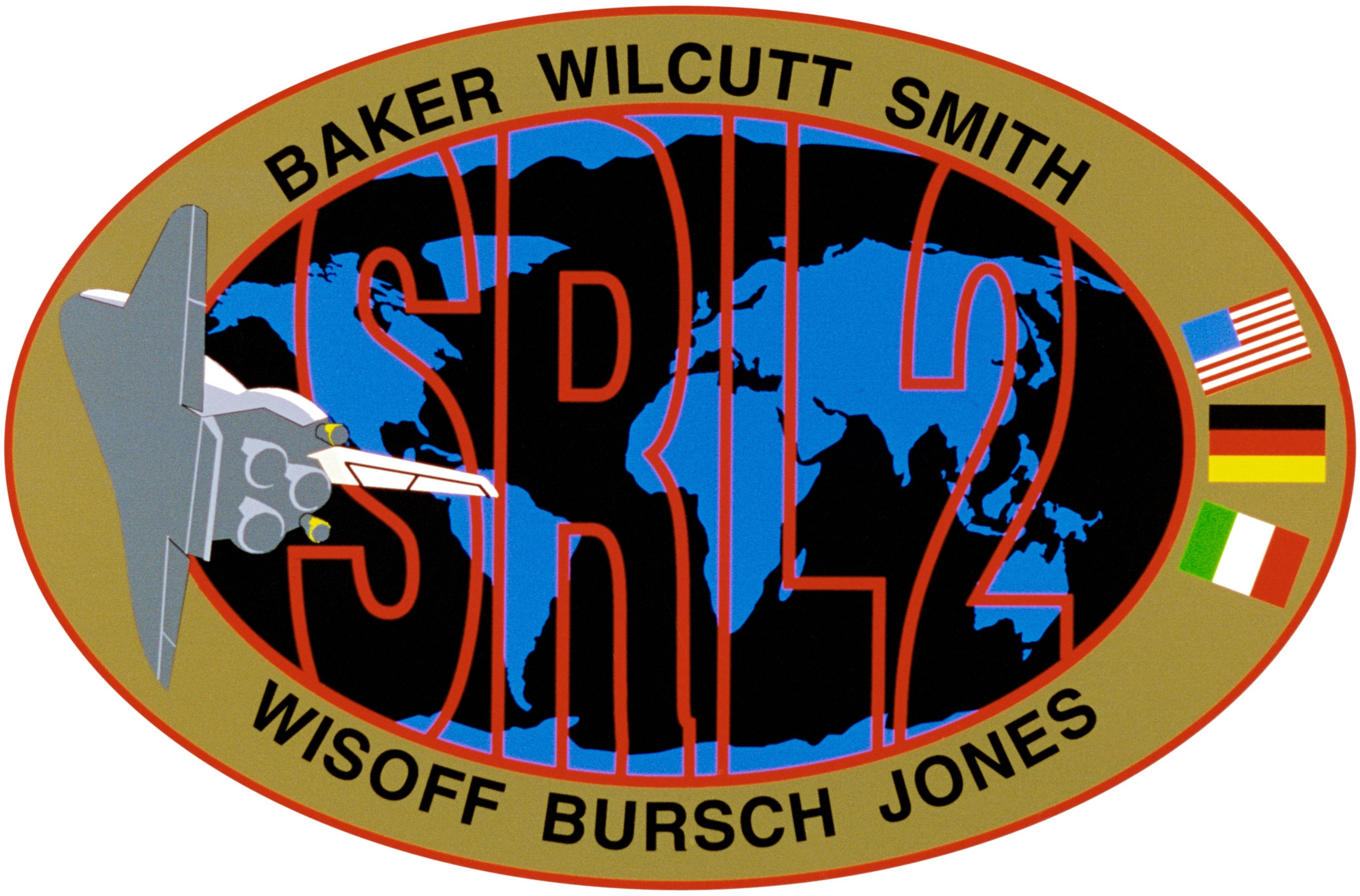
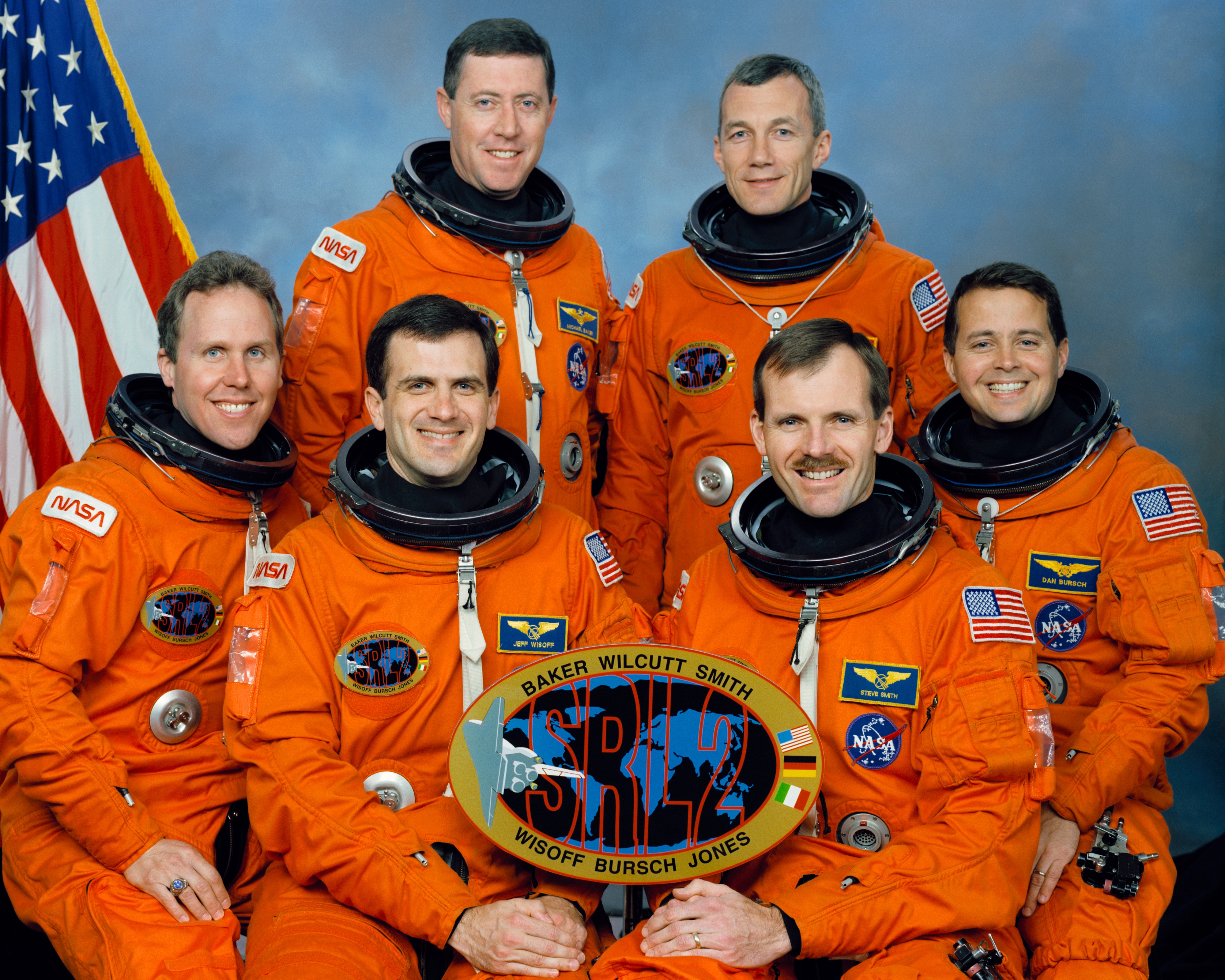
Crew Details
In August 1993, NASA designated Thomas D. Jones as the payload commander for SRL-2, eight months before he flew as a mission specialist on STS-59, the SRL-1 mission. NASA’s inability to fly personnel from the Jet Propulsion Laboratory (JPL) as payload specialists on the SRL missions led to a compromise where Jones would fly on both missions. Selected as an astronaut in 1990, STS-59 marked Jones’ first flight and STS-68 his second. The rest of the STS-68 crew was named in October 1993. For Baker, who was selected in 1985, SRL-2 was his third trip into space, having previously flown on STS-43 and STS-52. Wilcutt, Bursch, and Wisoff, all from the class of 1990, nicknamed "The Hairballs," were also part of the crew. STS-68 marked Wilcutt’s first spaceflight, while Bursch had flown once before on STS-51 and Wisoff on STS-57. Smith, a member of the class of 1992 known as "The Hogs," was the first from his class assigned to a spaceflight.
Payload Details
The SRL payload consisted of three major components: the Spaceborne Imaging Radar-C (SIR-C) built by NASA’s JPL, the X-band Synthetic Aperture Radar (X-SAR) sponsored by the German Space Agency DLR and the Italian Space Agency ASI, and the Measurement of Air Pollution from Satellites (MAPS) built by NASA’s Langley Research Center. Scientists from 13 countries participated in the SRL data gathering program, providing ground truth at preselected observation sites. The SIR system first flew as SIR-A on STS-2 in November 1981 but had limited data gathering due to a shortened mission. It flew again as SIR-B on STS-41G in October 1984, gathering much useful data.


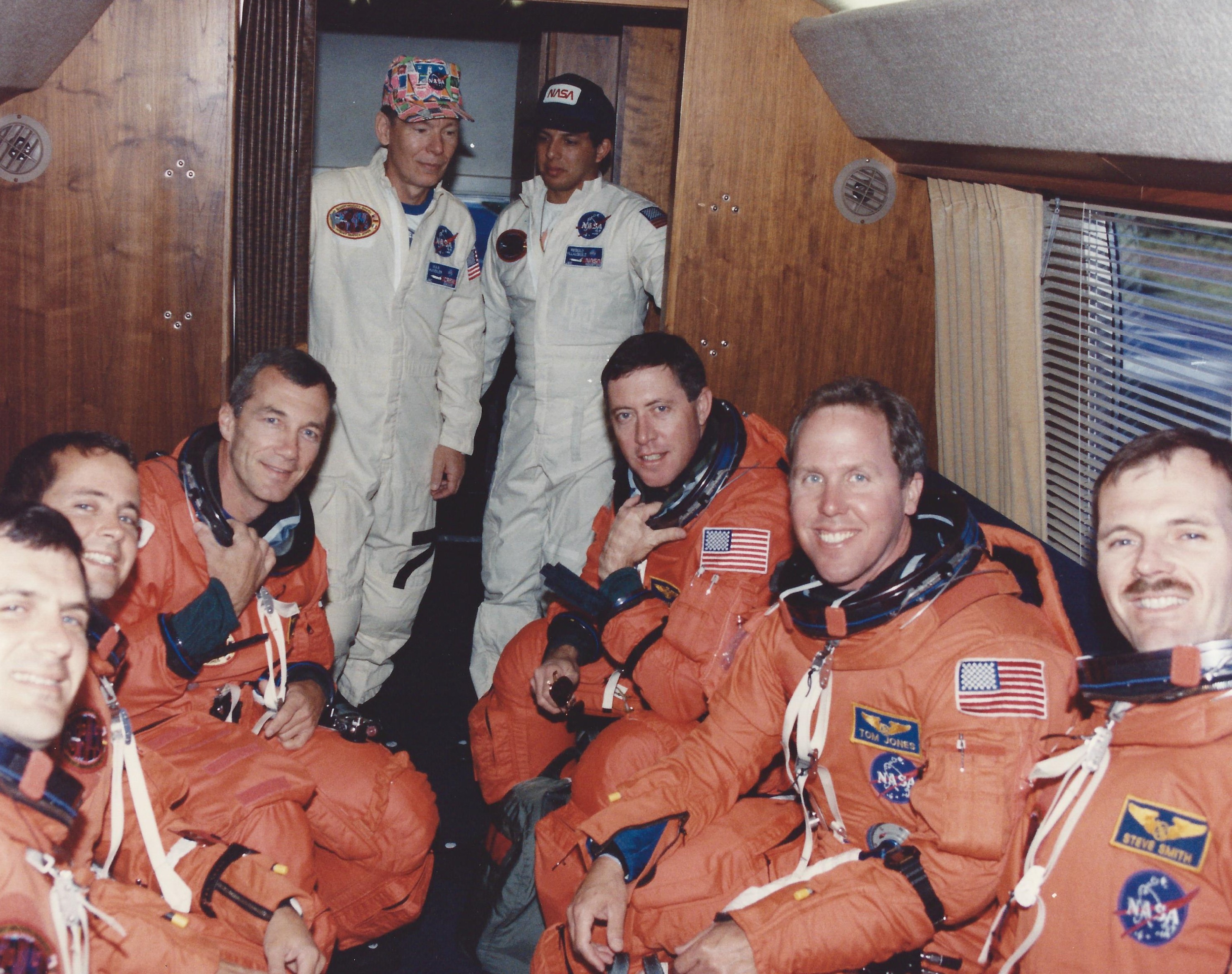
Pre-Launch Preparations
Endeavour returned to Kennedy Space Center (KSC) in May 1994 after its previous flight, the STS-59 SRL-1 mission. Workers in KSC’s Orbiter Processing Facility refurbished the SRL-1 payloads for their reflight and serviced the orbiter. Endeavour was rolled over to the Vehicle Assembly Building (VAB) on July 21 for mating with its External Tank and Solid Rocket Boosters (SRBs) and rolled out to Launch Pad 39A on July 27. The STS-68 crew participated in the Terminal Countdown Demonstration Test on August 1, essentially a dress rehearsal for the launch countdown.
However, a launch abort occurred on August 18, just 1.8 seconds before liftoff, marking the fifth and final launch abort of the shuttle program. Engineers traced the shutdown to higher than anticipated temperatures in a high-pressure oxygen turbopump in engine number three. This necessitated a rollback of Endeavour to the VAB on August 24 to replace all three main engines. Endeavour returned to Launch Pad 39A on September 13.


Liftoff and Mission Execution
On September 30, 1994, Endeavour successfully lifted off at 6:16 a.m. EDT. Thirty minutes later, the shuttle’s Orbiter Maneuvering System (OMS) engines fired, placing the spacecraft into a 132-mile orbit inclined 57 degrees to the equator. The astronauts began converting the vehicle into a science platform, breaking into two teams to enable 24-hour operations. The Red Team consisted of Baker, Wilcutt, and Wisoff, while the Blue Team included Smith, Bursch, and Jones. The Blue Team began their sleep period while the Red Team started their first on-orbit shift by activating the SIR-C and X-SAR instruments and some middeck experiments.

Scientific Observations
By sheer coincidence, the Klyuchevskaya volcano on Russia’s Kamchatka Peninsula began erupting on the day STS-68 launched. By the mission’s second day, the astronauts trained not only their cameras on the plume of ash but also the radar instruments, providing unprecedented information on this geologic event. The data collected was compared with images from SRL-1, offering valuable insights.


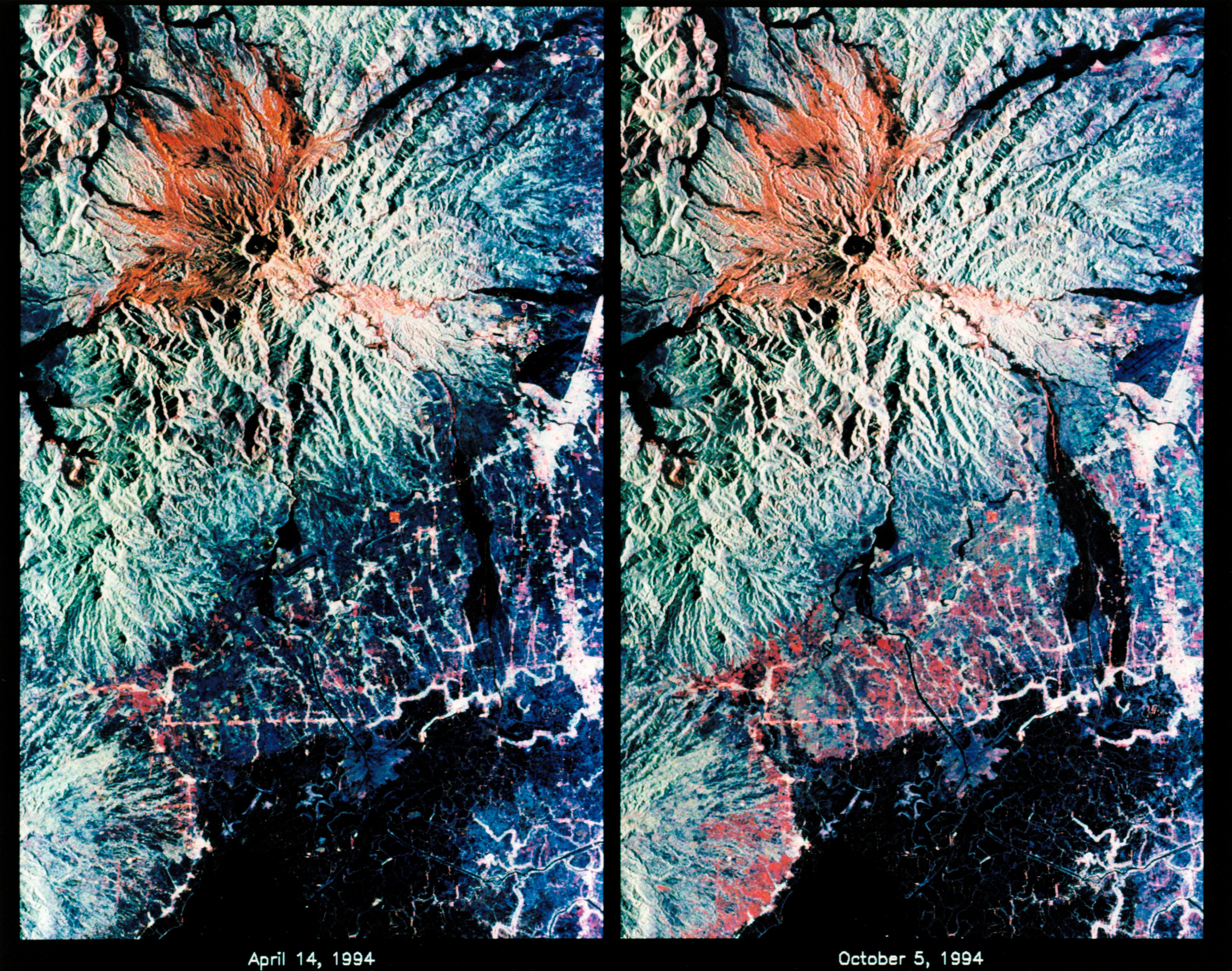
Detailed Earth Observations
Throughout the 11-day mission, the crew continued their Earth observations, receiving a one-day extension from Mission Control. On the mission’s eighth day, they lowered Endeavour’s orbit to 124 miles for a series of interferometry studies requiring precise orbital maneuvering to within 30 feet of the orbits flown during SRL-1. These near-perfectly repeating orbits allowed the construction of three-dimensional contour images of selected sites.


A selection of Earth observation photos taken by the STS-68 crew includes views of the San Francisco Bay area, Niagara Falls and Buffalo area, Riyadh in Saudi Arabia, and the Klyuchevskaya volcano on Russia’s Kamchatka Peninsula. The high inclination orbit also provided the astronauts with views of the aurora australis, or southern lights.
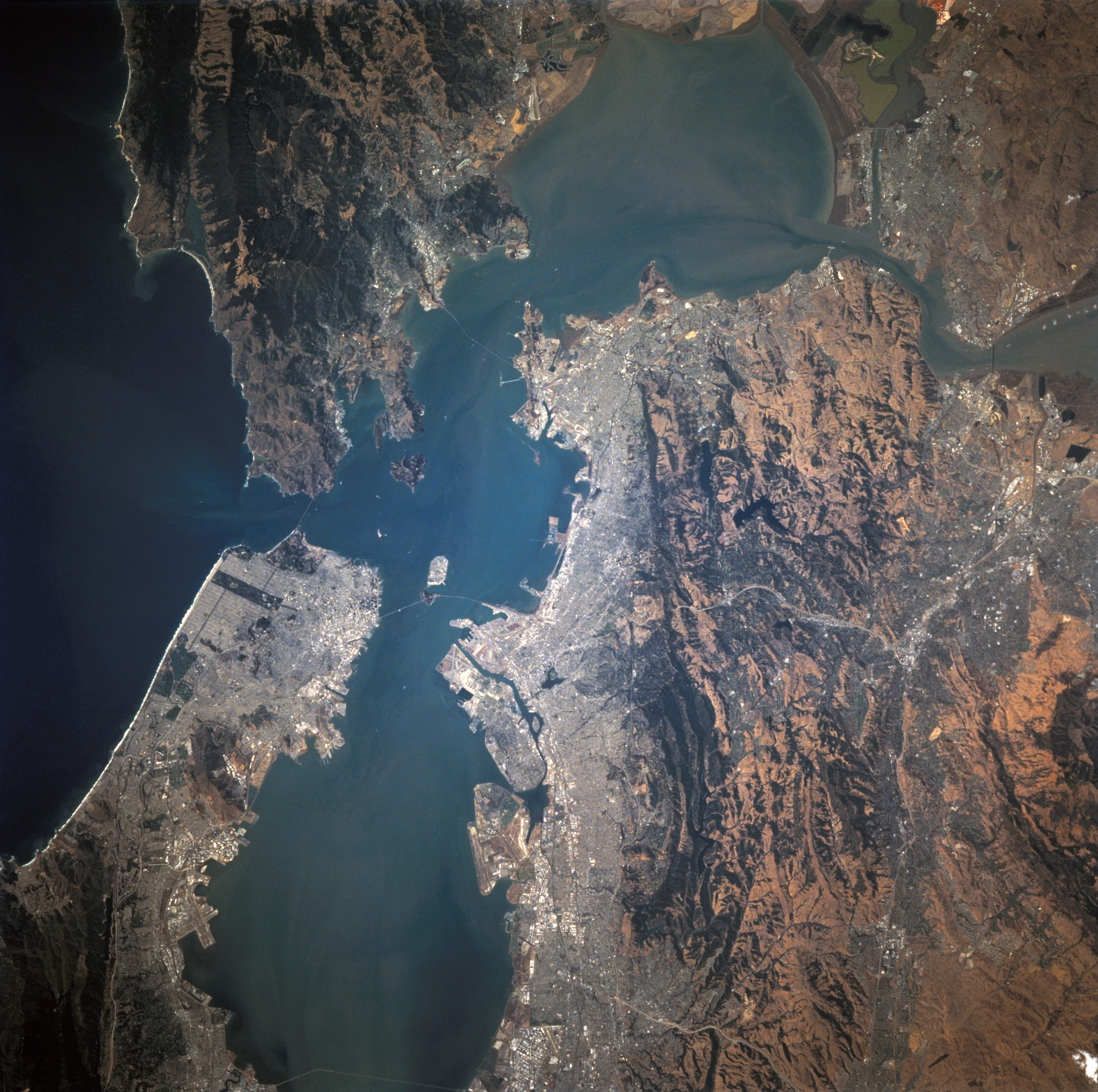
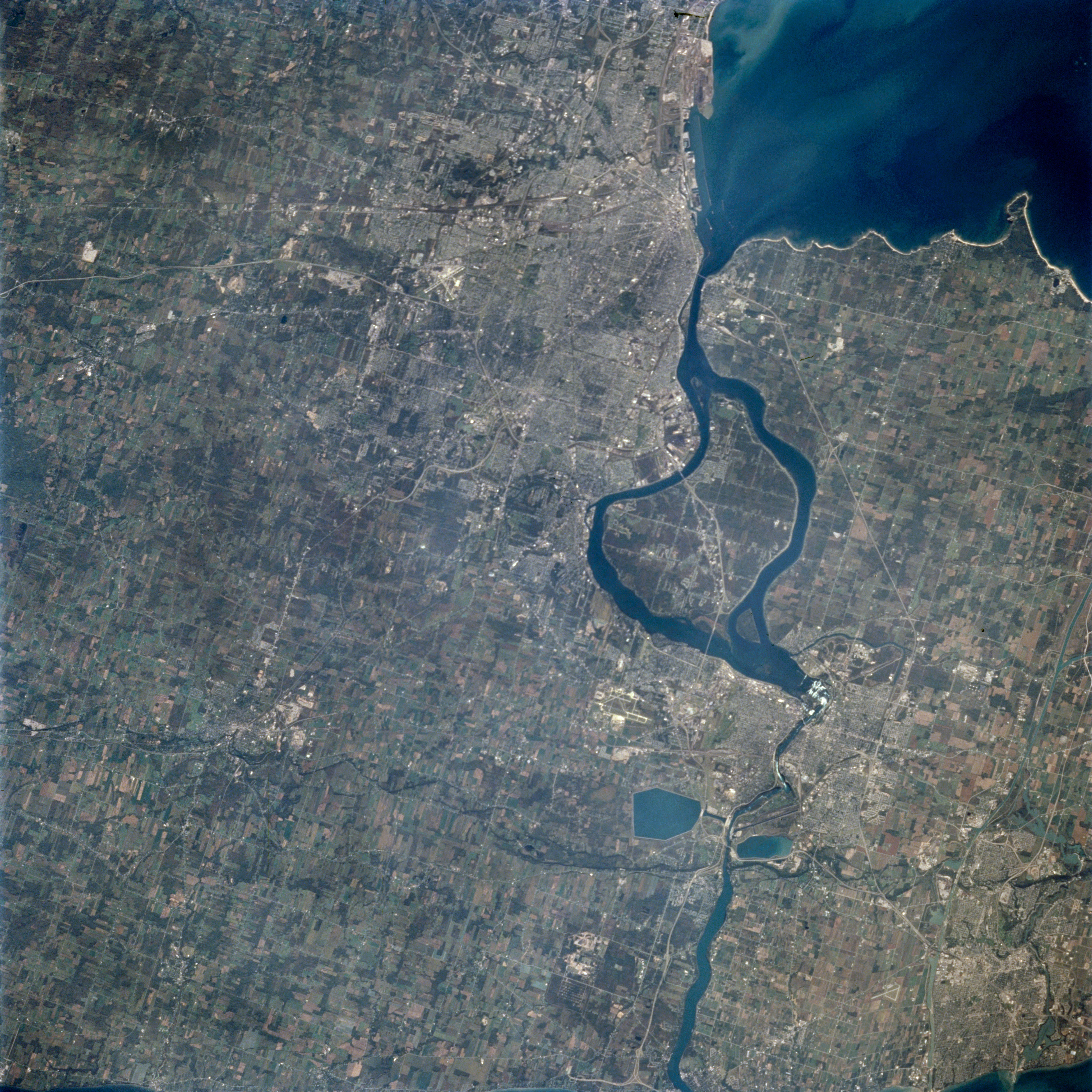
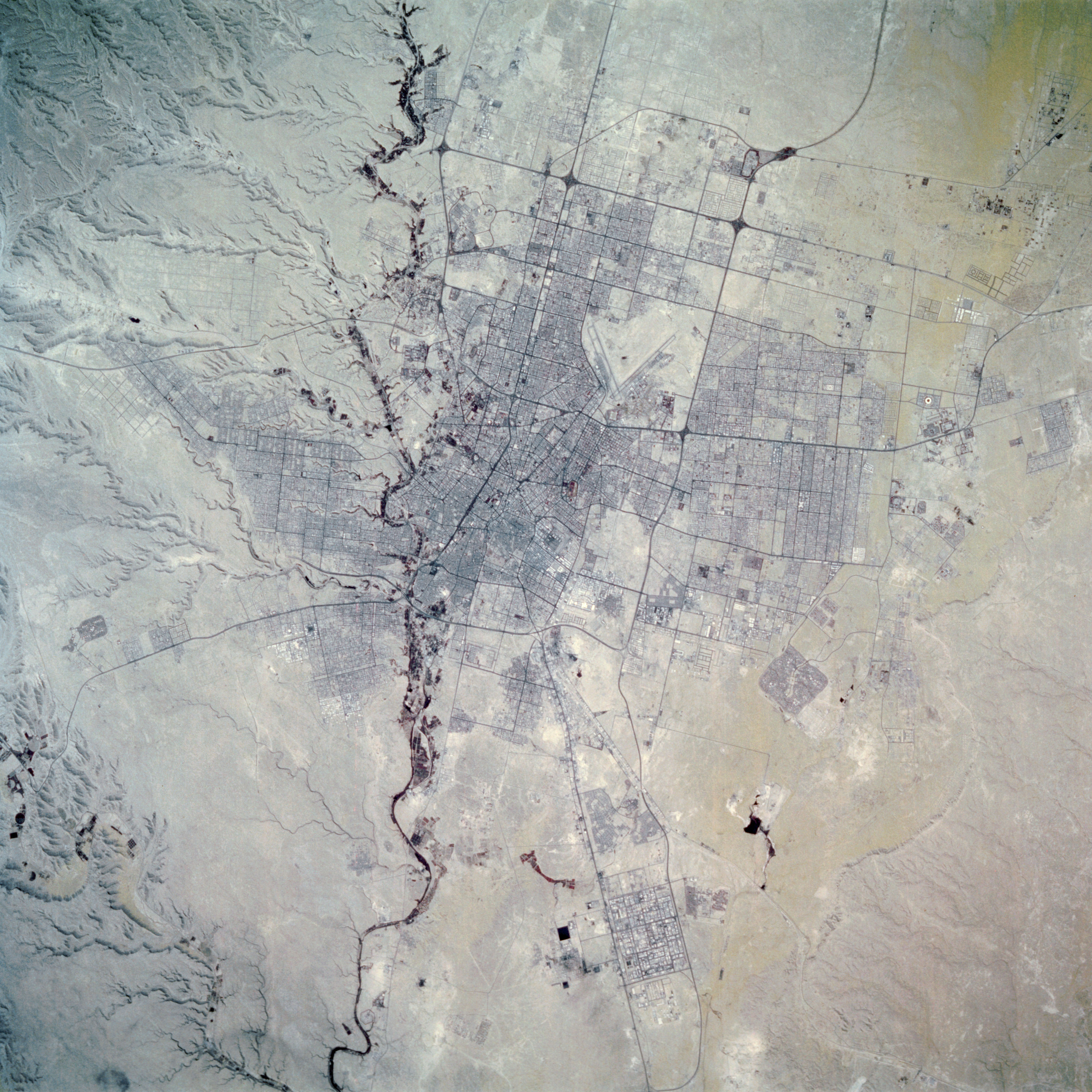
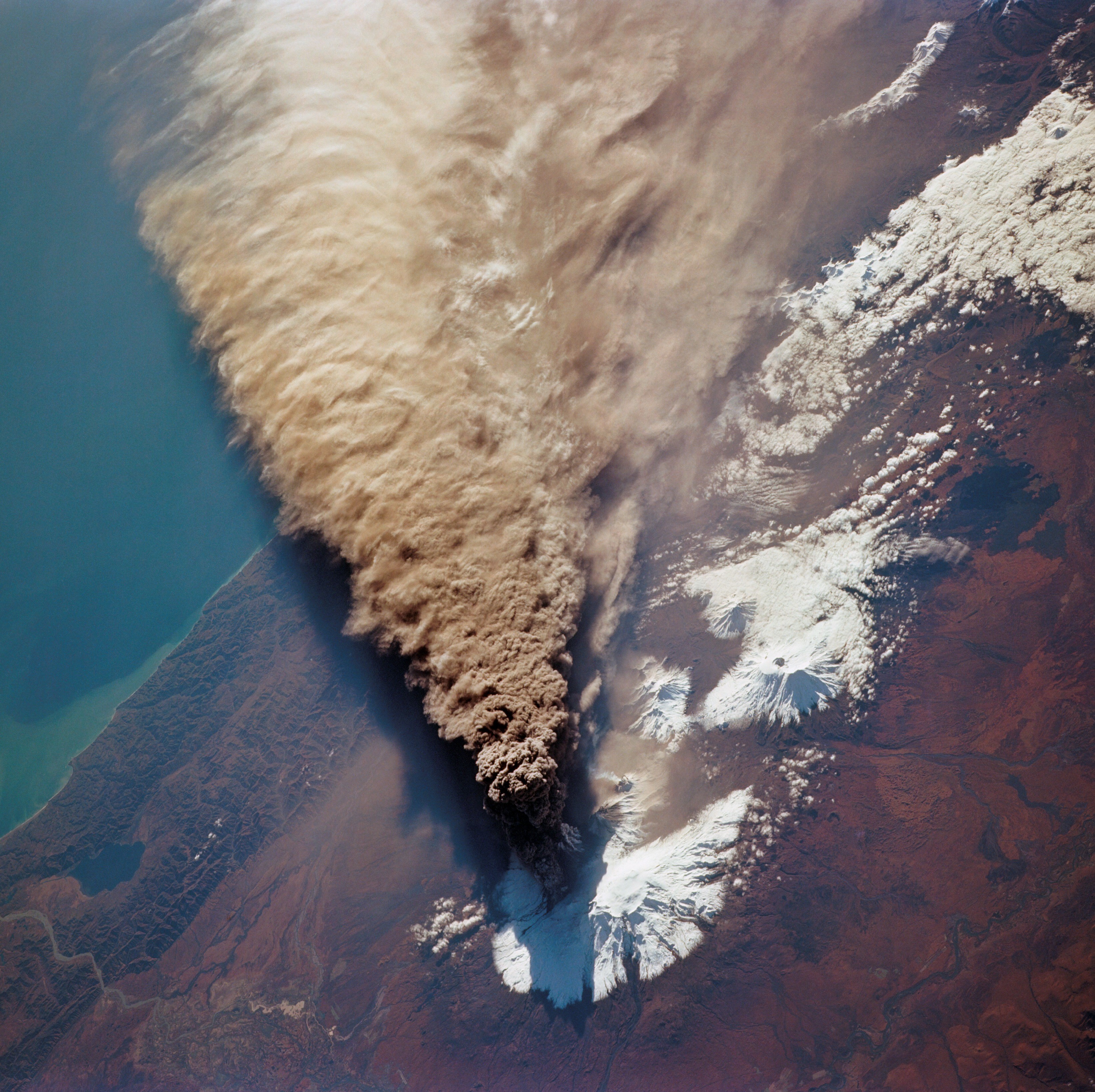
Mission Conclusion and Return
On the 11th day, the astronauts prepared for their return to Earth. Baker and Wilcutt tested Endeavour’s reaction control system thrusters and aerodynamic surfaces in preparation for deorbit and descent through the atmosphere. Due to thick cloud cover at the KSC, the landing was diverted to Edwards Air Force Base in California. Baker piloted Endeavour to a smooth landing, concluding the 11-day, 5-hour, 46-minute mission with 182 Earth orbits.
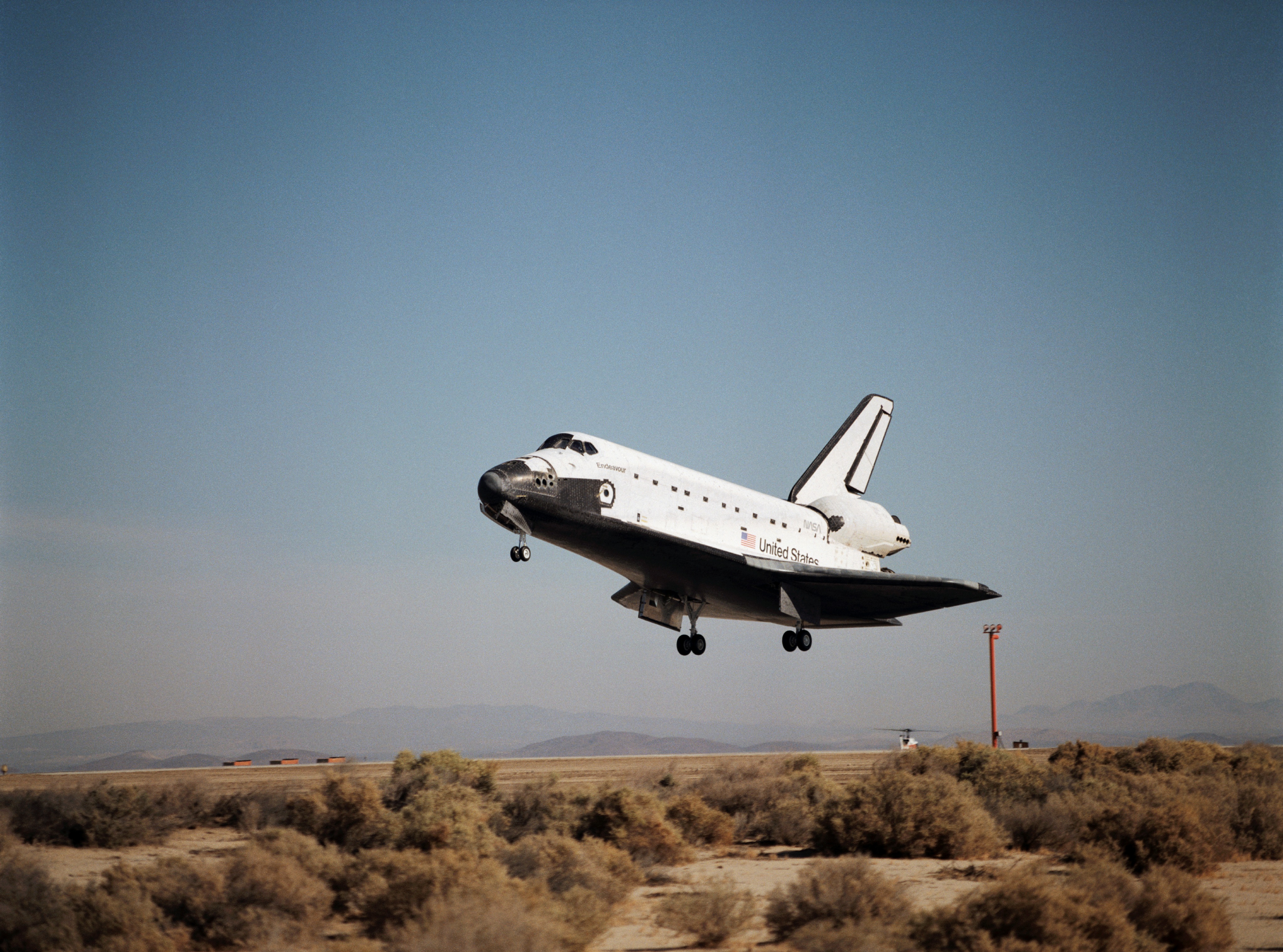

Workers at Edwards processed the vehicle, and it was mounted atop a Shuttle Carrier Aircraft for the ferry flight back to KSC. The duo left Edwards on October 19 and arrived at KSC the next day. Workers began preparing Endeavour for its next flight, STS-67, in March 1995. Meanwhile, the astronauts returned to Houston for reunions with their families.
Scientific Achievements
Diane Evans, SIR-C project scientist, summarized the scientific return from STS-68 as "phenomenally successful." The radar instrument collected 60 terabits of data, filling 67 miles of magnetic tape. The radar instruments completed 910 data takes of 572 targets during about 80 hours of imaging. The astronauts took nearly 14,000 photographs using 14 different cameras. The mission required more than 400 maneuvers of the shuttle, involving 22,000 keystrokes in the orbiter’s computer. The use of interferometry to create three-dimensional topographic maps marked another significant achievement. Scientists published more than 5,000 papers using data from the SRL missions.
Enjoy the crew narrate a video about the STS-68 mission. Read Wilcutt’s recollections of the mission in his oral history with the JSC History Office.



